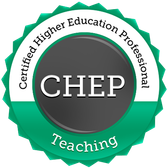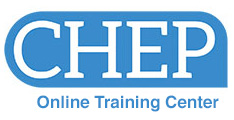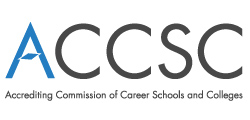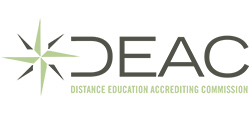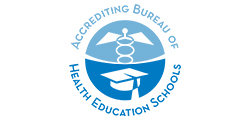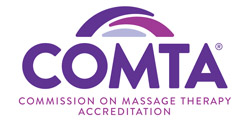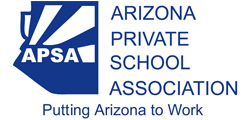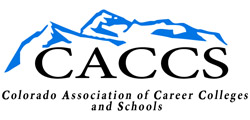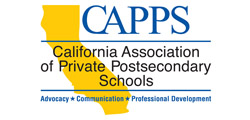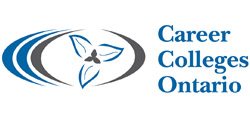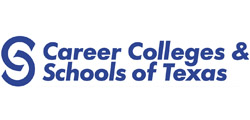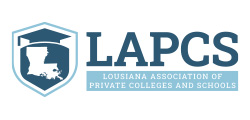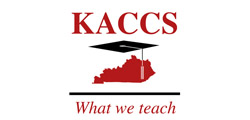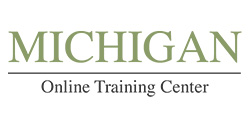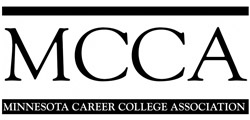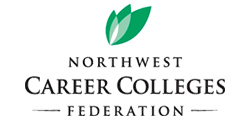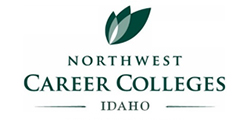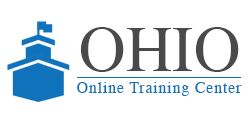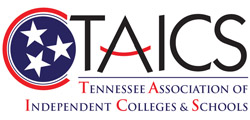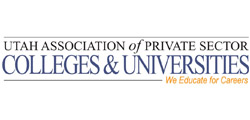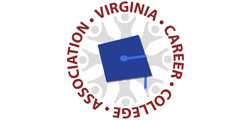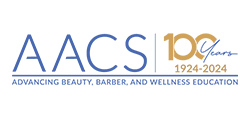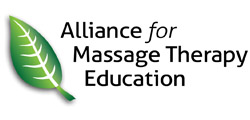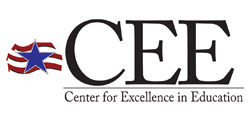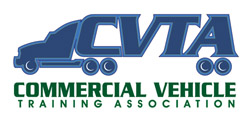Badge Evidence | Completed Courses (4 Hours Each)
EC115Integrating Career Readiness Into Your Courses: Part I
This course will provide an overview of career readiness including information and activities that may be incorporated into your courses. This course, which forms Part I of a two-part series, provides details about four specific career readiness skills: critical thinking/problem solving, verbal/written communications, teamwork/collaboration, and information technology applications. Additional thoughts and resources will also be provided to allow you to consider multiple ways to assist students in developing these skills in your courses.
EC116Integrating Career Readiness Into Your Courses: Part II
This course will provide a brief review of career readiness and provide additional skills to incorporate into your courses. This course is Part II of a two (2) part series of courses. Therefore, this course will provide details about four (4) additional specific career readiness skills. These skills include leadership, professionalism/work ethic, career management, and global/multicultural fluency. Further thoughts and resources will also be provided to allow instructors to consider additional ways to incorporate these skills into their courses.
EC140Introduction to Positive Psychology for Educators
Positive psychology is the science of human flourishing and is leveraged to cultivate well-being for students, teachers, and staff in schools around the world. You'll be introduced to the tools of positive psychology to help you and your students thrive in the classroom and in life. This course is designed to help you understand the science of well-being and how to employ it for yourself and in educational settings to support well-being and academic achievement. The modules cover positive psychology's origins, and the research and application of the PERMA model, Character Strengths, and positive education.
ED101Effective Teaching Strategies
This introductory course covers the essential roles of a teacher and the competencies required to be a successful instructor in an educational institution. Proven techniques and strategies for planning and preparation are presented and discussed. In addition, the course offers effective methods for conducting the first class meeting and delivering course content. This course provides a solid foundation for new instructors and serves as an excellent refresher for more experienced instructors.
ED102Student Retention Methods
The instructor is the real key to student retention at any educational institution. Instructors must keep focused on student motivation and retention each and every day of class. Developing strategies for retaining students throughout the entire training sequence is both complex and rewarding. All instructors should have the goal of seeing all of their students successfully complete their class. This course helps you reach that goal by helping you to understand your students and use proven motivation and retention techniques to keep them enrolled and engaged in the learning process.
ED108Learning Theory and Practice
This course covers the different ways individuals learn and apply new knowledge. We start by covering the steps the brain goes through as it processes new information, and how knowledge is stored and retrieved. We then discuss how intelligence is measured and how learners process information through the use of multiple intelligences. Moving from theory to practice, the course shows instructors how to use the learning needs of students to increase knowledge acquisition and retention. The course includes a number of easy to implement strategies to help students retain and use new content.
ED111Active Learning Methods
This course provides an introduction to the concept and philosophy of active learning, and describes a variety of methods to help instructors "activ-ate" their class. The course includes active learning examples that utilize both critical and analytical thinking skills. We also identify the risks that may discourage instructors from using active learning strategies and offer suggestions for managing them. A three-step method is suggested for developing an active lesson, and a comprehensive model is offered as a guide for creative active learning strategies.
ED112Influencing Student Motivation
This course is intended to offer a practical explanation of how an instructor’s behaviors and choices can influence the motivation of students. It is not intended to be a theoretical or academic treatise about motivation. Module 1 offers useful tips that may help instructors to motivate students. Students’ security and autonomy are described as they influence motivation during instruction, questioning, activities, and evaluations. This is followed by a discussion of how motivation can be improved by enhancing students' sense of autonomy when making assignments, selecting instructional methods, implementing classroom procedures, and developing evaluations. In Module 2, intrinsic and extrinsic motivators are defined and compared. Finally, a variety of "miscellaneous motivators" are offered for instructors to consider.
ED114Questioning in the Classroom
Questioning can be one of the most effective classroom teaching strategies. However, many instructors are not familiar with the techniques and research findings associated with good questioning. This course begins by comparing and contrasting the major types of questions and their most appropriate uses. Some relevant statistics and research findings are presented, followed by a discussion of four effective questioning practices. The course concludes by offering a few tips and suggestions for instructors to consider.
ED121Creating Service Learning Opportunities for Students
Service learning programs help students take their knowledge and skills out of classrooms and labs into community settings enabling them to use critical thinking and problem solving abilities. This course provides information about the advantages of using service learning as a teaching tool while enhancing the growth of students. Implementation steps are covered so participants will be able to make service learning a part of program offerings as well as providing career opportunities for students.
ED132Teaching Students with Learning Disabilities
Students with learning disabilities are enrolling in career education at increasing rates as a result of successful interventions and supports provided during their elementary and secondary schooling. This course describes the characteristics of students with learning disabilities and how having a learning disability impacts their learning process. As reading and comprehension is the essence of learning, it is important that instructors be knowledgeable in ways to support students with these learning challenges. Specific strategies for working with these students will be offered, to enhance the engagement and learning success of students with learning disabilities.
ED202Teaching English Language Learners
As previously homogenous communities become more diverse and the population of English language learners in educational institutions increases, educators need to provide services that give such learners opportunities for academic success equal to those provided to native English speakers. This course provides information about teaching English language learners, including the legal and cultural considerations instructors must take into account and ways to show respect for cultural differences and diversity. The course will explore the factors affecting how English language learners learn, and will provide strategies and techniques for instruction and motivation. This course will also cover how best to assess students for content-area knowledge and language proficiency.
ED209Students as Customers
As opportunities for education become more prevalent, educational institutions must compete to increase, or even maintain, their student enrollment levels. More and more institutions are adopting the strategy of treating students like customers in order to be successful. This course will review the characteristics of adult learners and determine the reasons adult students leave the institution. It will discuss the concept of interacting with students as though they are customers and how the students-as-customers concept relates to the instructor and the classroom. This course will also describe the methods and techniques of effective communication. Included are guidelines and techniques for advising and mentoring students.
EL107Designing Dynamic and Technology-Rich Learning Environments
This course outlines the main characteristics of "dynamic" course design for blended instruction and highlights effective teaching methods that facilitate the learning process. Participants in this course will have an opportunity to customize the design principles and methods presented to suit their individual professional context.
ML113Team Management
Focus is essential to effective teamwork. In this course, you learn how to diagnose and overcome common problems - such as poor communication and interpersonal conflict - that can impede team progress. You will also learn to take corrective measures to remove team problems and improve team performance.
ML117Presentation Skills
This course provides sound advice on preparing and delivering presentations that command attention, persuade, and inspire. It includes rehearsal techniques as well as tips for creating and using more effective visuals. The course also addresses the importance of understanding your objectives and your audience to create a presentation with impact.
ML118Coaching Skills
In this course, you will learn how to strengthen your coaching skills by using a four-step process to facilitate the professional growth of the employees you coach.
RT104Best Practices to Enhance Student Retention
This course is a collection of ideas and best practices drawn from the implementation of enrollment growth strategies at over 300 educational institutions nationwide. The course is based on a highly successful in-service training program offered by Dr. Joe Pace, Managing Partner of The Pacific Institute and includes video delivery of Pace's presentations. Filled with practical tips and suggestions, the course also discusses the application of current research results on human behavior and organizational culture to enhance student enrollment and retention. This is a unique course that will dramatically change your perspective on institutional effectiveness.
